Posted on 05/21/2025 17:26 PM (Detroit Catholic)
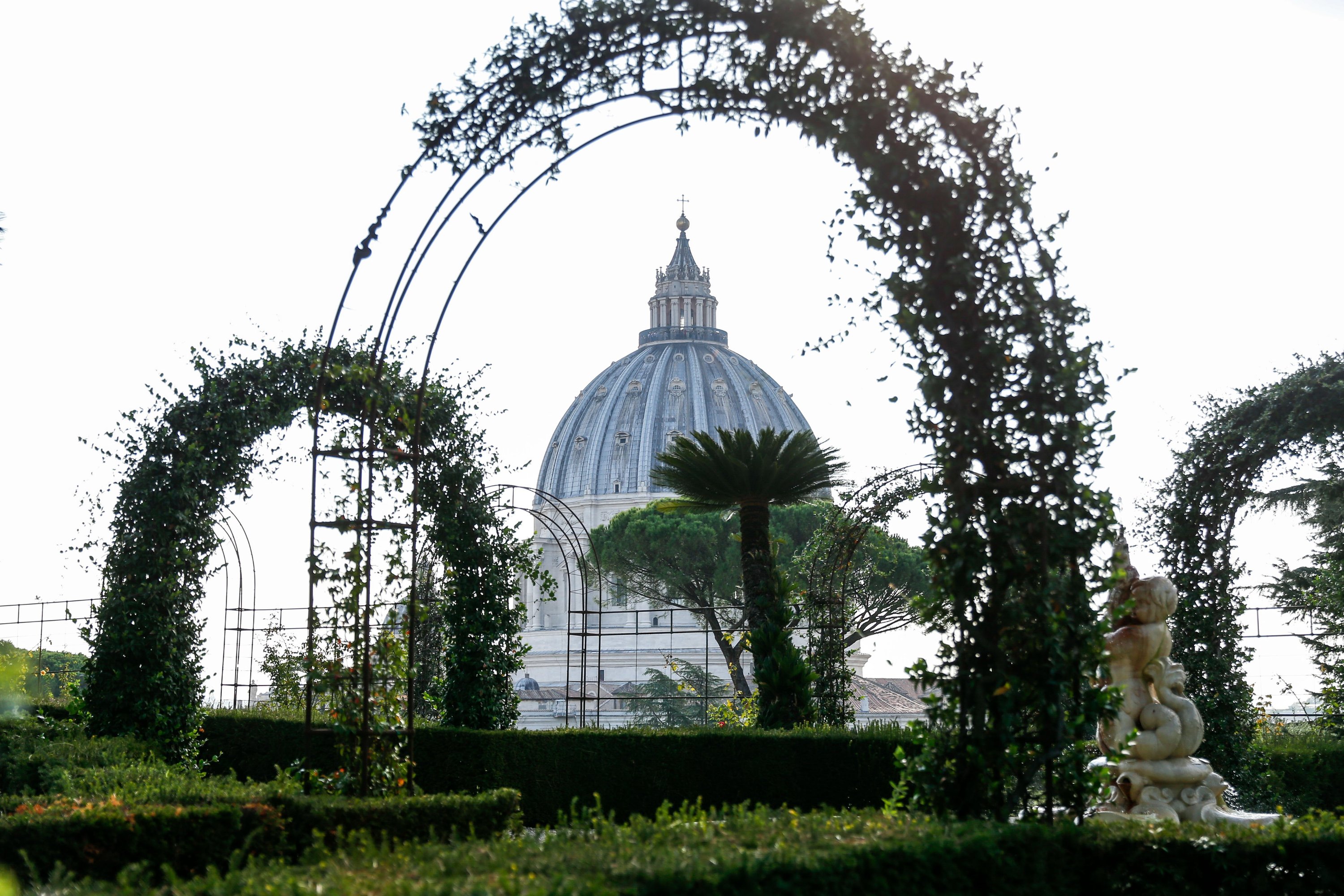
Posted on 05/21/2025 16:36 PM (Detroit Catholic)
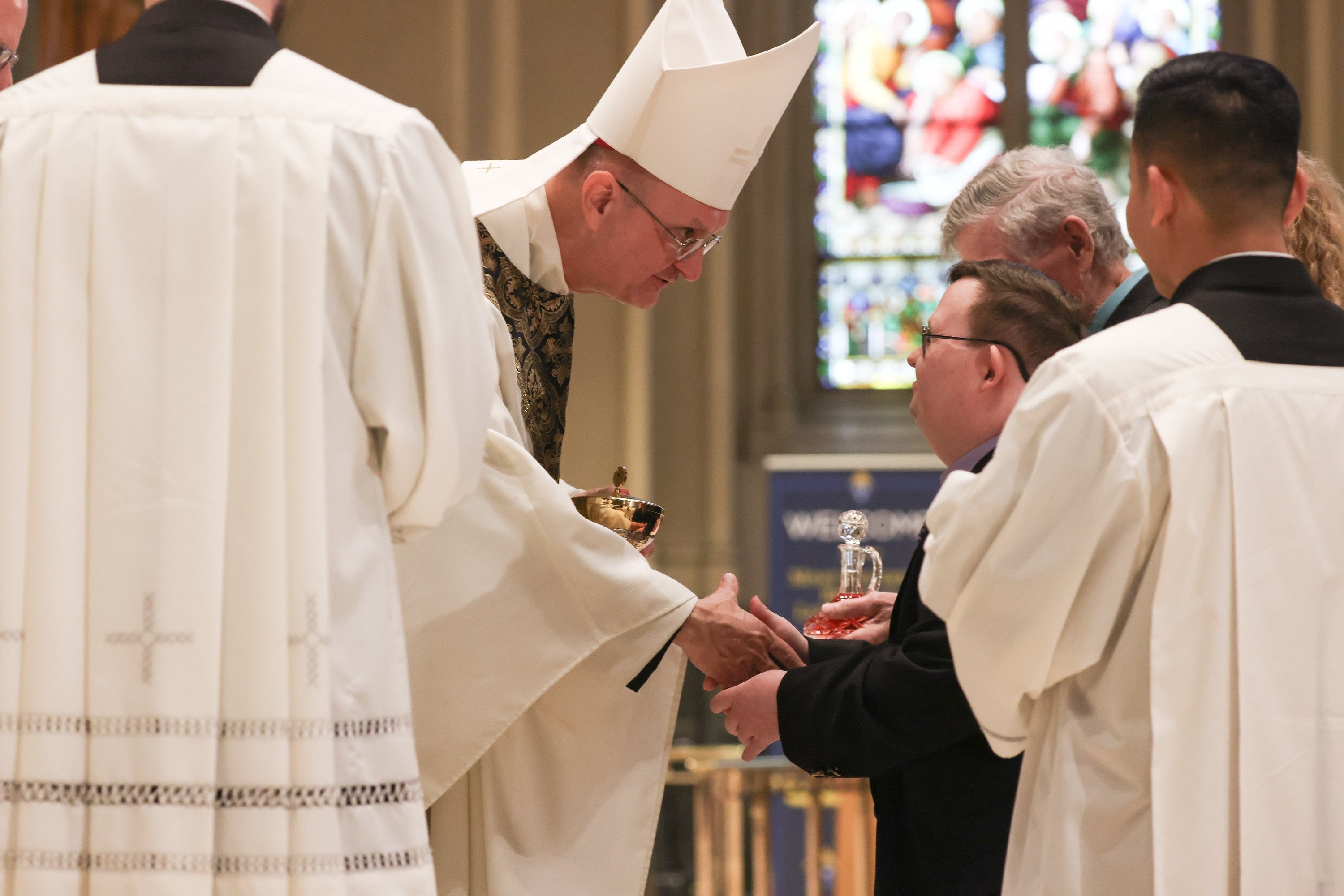
Posted on 05/21/2025 16:28 PM (Detroit Catholic)
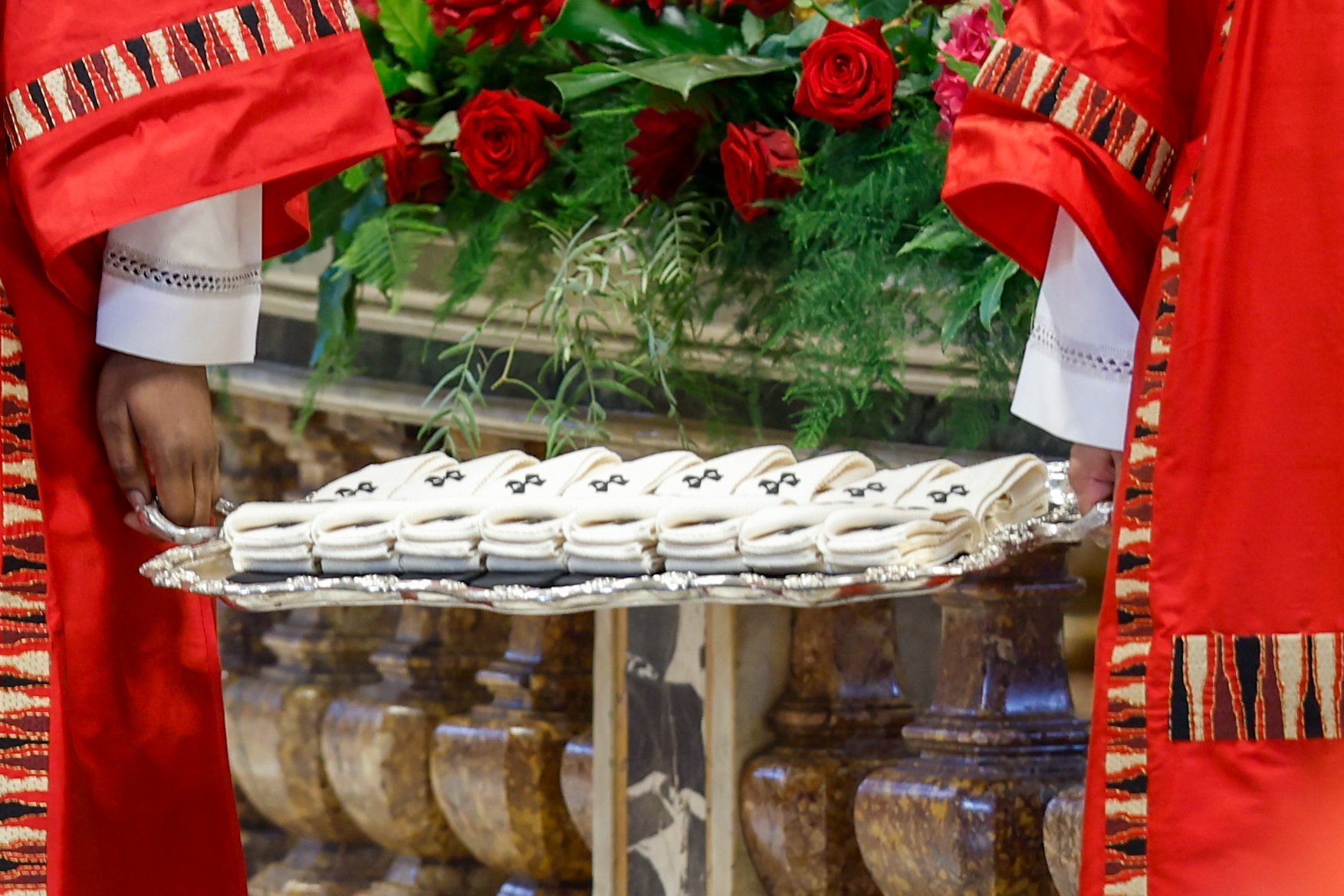
Posted on 05/21/2025 16:12 PM (Detroit Catholic)
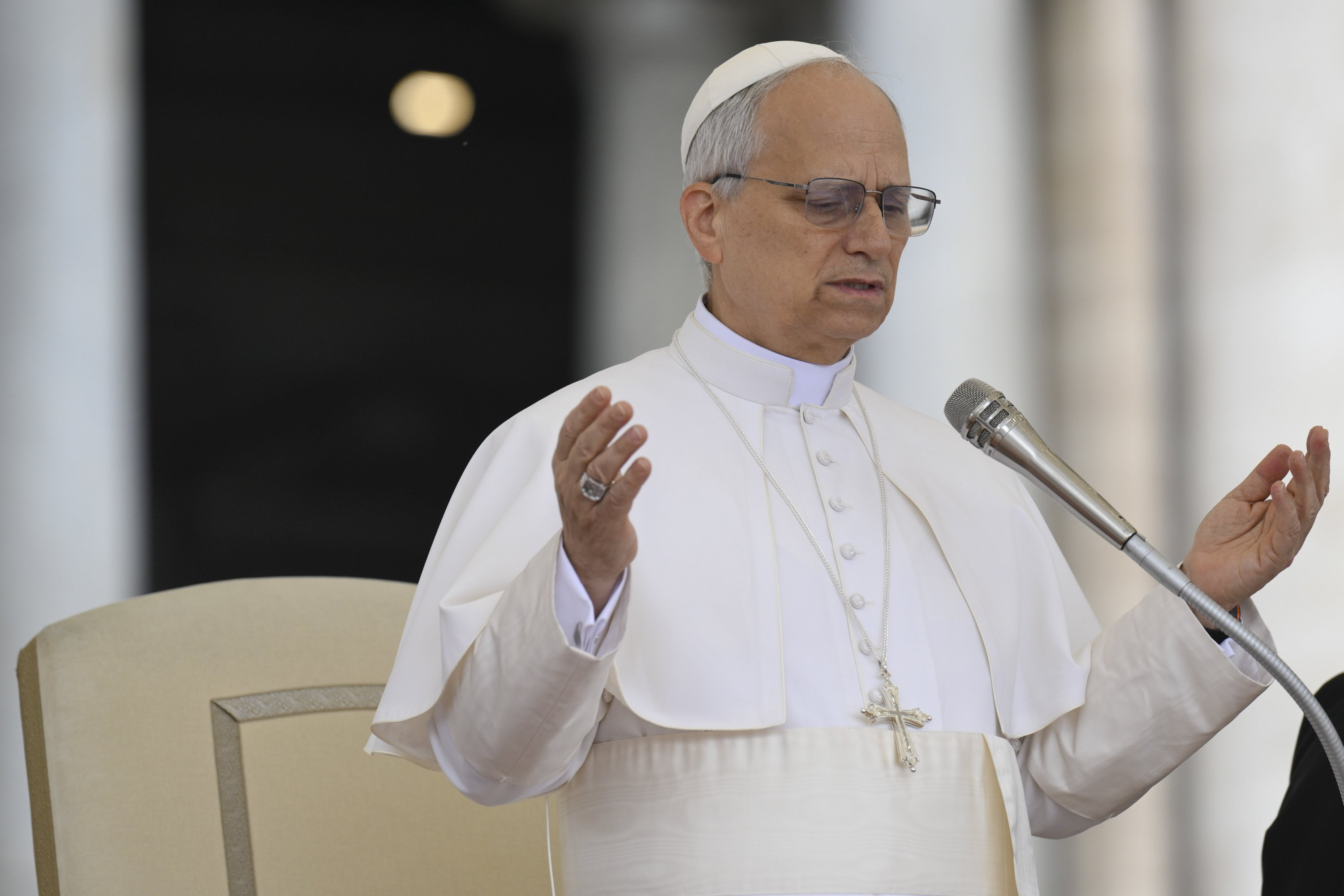
Posted on 05/21/2025 16:02 PM (Detroit Catholic)
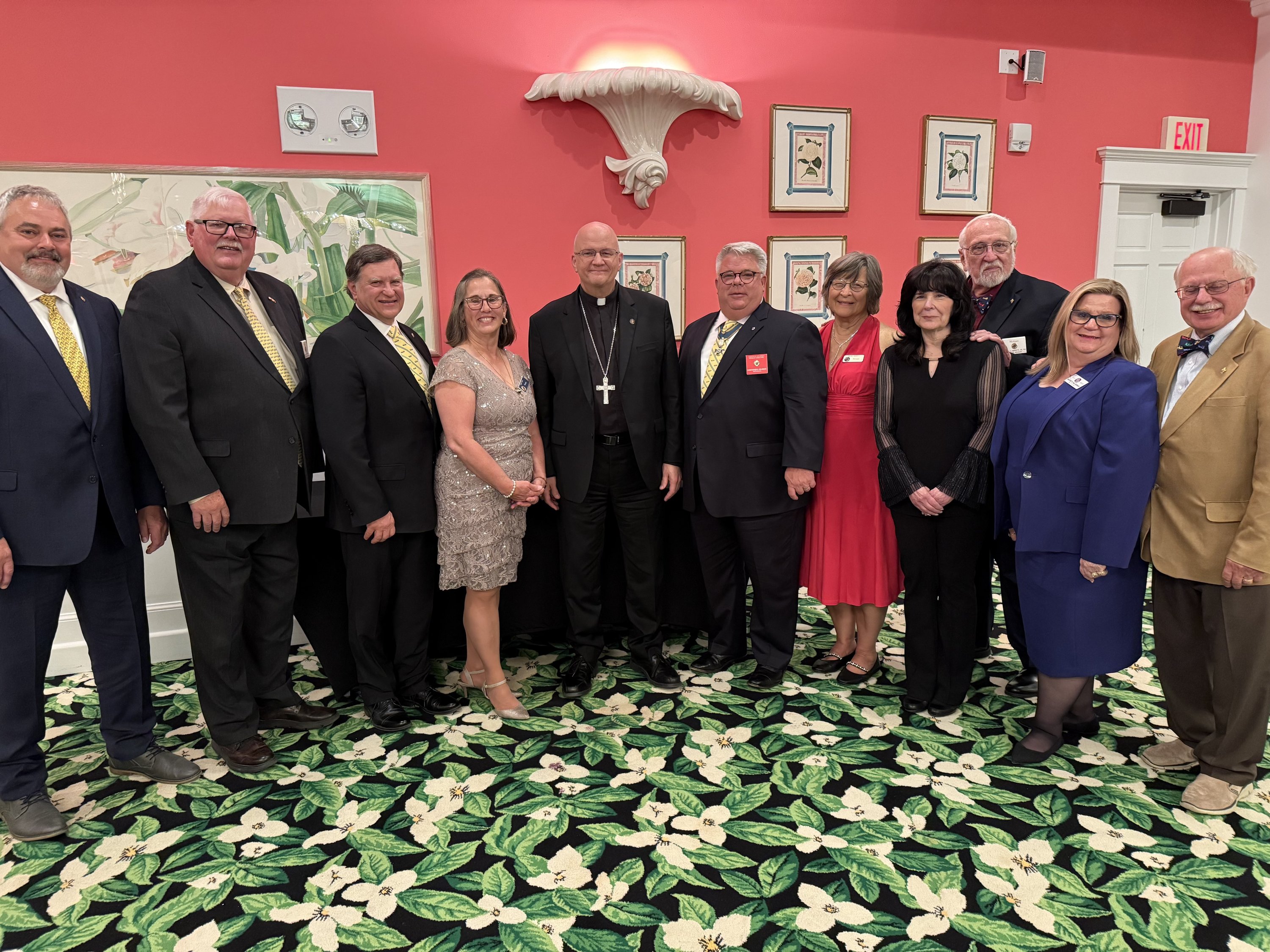
Archbishop Edward J. Weisenburger, himself a fourth-degree member of the Knights of Columbus, greets past Michigan state deputies and their wives gathered on Mackinac Island for the 2025 Knights of Columbus state convention. The annual convention brings together Knights from across the state on the northern Michigan island, held at the Grand Hotel.
Posted on 05/21/2025 14:46 PM (CNA Daily News)
 Pope Leo XIV smiles during his first general audience in St. Peter's Square on May 21, 2025. / Credit: Daniel Ibanez/CNA
Pope Leo XIV smiles during his first general audience in St. Peter's Square on May 21, 2025. / Credit: Daniel Ibanez/CNA
Vatican City, May 21, 2025 / 10:46 am (CNA).
Pope Leo XIV will hold a meeting of cardinals on June 13 to give the final approval to the canonizations of several beatified men and women.
The ordinary public consistory, as it is called, will be the first of Leo’s pontificate. Pope Francis had called for the consistory in late February, when he was in the hospital, but the date was never set.
At the consistory, cardinals will vote to approve the canonizations of five beatified men and women whose causes were advanced earlier this year by Pope Francis. The vote of the cardinals marks the final step in the canonization process and allows a date for the Mass of canonization to be set.
Among the almost-canonized saints expected to be discussed on June 13 is Blessed Bartolo Longo (also known as Bartholomew Longo).
Longo, an Italian layman and lawyer, was a former Satanist “priest” who returned to the practice of the Catholic faith through the influence of Mary and the rosary.
The canonization of the Venezuelan “doctor of the poor,” José Gregorio Hernández, is also expected be voted on at the June 13 consistory, along with Pietro To Rot, the first blessed from Papua New Guinea; Vincenza Maria Poloni, the founder of the Sisters of Mercy of Verona; and Ignazio Maloyan, a bishop martyred in the Armenian genocide in 1915.
The consistory will take place in the consistory hall in the Vatican’s Apostolic Palace with all of the cardinals resident or otherwise present in Rome. It usually begins with a short time of prayer.
The Vatican also announced Wednesday a slew of liturgies to be celebrated by Pope Leo XIV in June, including a Mass at the Archbasilica of St. John Lateran followed by a Eucharistic procession through Rome to the Basilica of St. Mary Major for the solemnity of Corpus Christi on June 22.
Here is the full list of public Masses Pope Leo will celebrate during the month of June:
June 1: Mass in St. Peter’s Square for the Jubilee of Families, Children, Grandparents, and the Elderly
June 8: Mass in St. Peter’s Square for the solemnity of Pentecost and the Jubilee of Movements, Associations, and New Communities
June 9: Mass in St. Peter’s Basilica for the memorial of the Blessed Virgin Mary, Mother of the Church, and the Jubilee of the Holy See
June 15: Mass in St. Peter’s Square for the solemnity of the Holy Trinity and the Jubilee of Sports
June 22: Mass in the Archbasilica of St. John Lateran and procession to the Basilica of St. Mary Major with Eucharistic benediction for the solemnity of the Most Holy Body and Blood of Christ
June 27: Mass in St. Peter’s Square for the solemnity of the Most Sacred Heart of Jesus and the Jubilee of Priests
June 29: Mass in St. Peter’s Basilica for the solemnity of Sts. Peter and Paul, with the blessing of the palliums for the new metropolitan archbishops
Posted on 05/21/2025 14:05 PM (CNA Daily News)
 Students pose after being called to “Petra House” at JSerra Catholic High School in Orange County, California, April 28, 2025. / Credit: JSerra Catholic High School
Students pose after being called to “Petra House” at JSerra Catholic High School in Orange County, California, April 28, 2025. / Credit: JSerra Catholic High School
CNA Staff, May 21, 2025 / 10:05 am (CNA).
A Catholic school in Southern California is preparing to launch a “house system” that it says will help students connect with one another and foster leadership among young Catholics preparing to go out into the world.
JSerra Catholic High School in San Juan Capistrano said in a press release that the house arrangement will “foster community, provide mentorship, and cultivate leadership rooted in Gospel values.”
The six houses into which students can be grouped — Alta, Carmel, Monterey, San Onofre, Petra, and Ventura — are “each named after places significant to the life of St. Junipero Serra.”
The school said the new program “comes at a critical time as young people are experiencing greater social disconnection and mental health challenges than ever before.” It cited studies indicating that young people are experiencing extreme social disconnection with their peers, engaging in “70% less social interaction with their friends” compared with two decades ago.
“This new house system is more than just a way to build school spirit, it’s a transformative approach to helping our students grow as leaders and deepen their faith,” Eric Stroupe, the principal of JSerra, said in the release.

Brian Ong, the house director for JSerra, told CNA in an interview that the school has developed the house system — and its approach to education more generally — with the mindset of “fields, not factories.”
“The Bible often uses metaphors from the field,” he pointed out. “We’re trying to cultivate the seeds we feel God has planted. We really want God to do something miraculous.”
The school, founded in 2003, had been debating launching the house system for several years starting in 2021, Ong said. He pointed out that numerous other schools in the area have house systems of their own, though JSerra wanted to develop a unique approach to the practice.
“Last year we decided that this was something God was leading us to do,” he said.

One goal of the house system, Ong said, is to help the large student body feel more connected to those with whom they might not normally interact.
“We have approximately 1,300 students at JSerra,” he said. “When you ask students how many people they really know, it’s usually less than 50. Even if you double that, there’s still 1,200 students you don’t know.”
“You don’t interact [with others] because you don’t play the same sport, or do the same extracurricular activity, or they’re in the business magnet and you’re in the law magnet,” Ong acknowledged. With the house system, “we’re trying to intentionally have them interact with each other if they wouldn’t normally.”
There is a significant mentorship component to the program as well.
“We want every student at JSerra to have a mentor,” he said. Students will meet in their “dens” three times per week for 30 minutes each time, speaking to older mentors and “ensuring that freshmen and sophomores experience friendship, encouragement, and support,” according to the school.

Houses will also allow students a chance to excel in leadership, he said, with opportunities for students to serve as presidents, curriculum directors, and other roles to teach them real-life skills.
Ong said the school has already hosted a “calling day” in which students were “called” into their respective houses. “Next school year it will really take off,” he said.
The parental response has been “overwhelmingly positive” as the program has launched, Ong said.
Other Catholic institutions have implemented similar programs. Franciscan University of Steubenville’s “faith households,” for instance, bring students together “to help members grow in mind, body, and spirit through prayer, mutual support, and accountability in the ongoing conversion process exemplified in the life of St. Francis.”
The university allows students to join one of several dozen single-sex households together with others who “seek to do the will of the Father in their lives.” Joining a household is not a requirement, but according to Gregg Miliote, director of media relations at Franciscan University, the vast majority of students do join one. There are currently 49 different households at Franciscan University.
At JSerra, meanwhile, student houses “will earn points through competitions, service projects, and school spirit initiatives, culminating in the awarding of the JSerra Cup to the top-performing house at the year’s end.”
Ong said the system “immerses students in very practical and hands-on ways into a culture that allows them to internalize the core Christian values we idealize as a school.” The program “multiplies their opportunities for exercising the virtues that are at the heart of our mission,” he said.
Posted on 05/21/2025 14:00 PM (Detroit Catholic)

Posted on 05/21/2025 13:38 PM (CNA Daily News)
 Photograph of Pope Leo XIV released by the Vatican. / Credit: Vatican Media
Photograph of Pope Leo XIV released by the Vatican. / Credit: Vatican Media
CNA Newsroom, May 21, 2025 / 09:38 am (CNA).
Follow our live coverage as Pope Leo XIV, first U.S.-born pope in history, begins his pontificate: Experience history in the making with former Cardinal Robert Prevost.
Posted on 05/21/2025 12:05 PM (CNA Daily News)
 At his first general audience in St. Peter's Square on May 21, 2025, Pope Leo XIV appeals for peace and the entry of humanitarian aid into Gaza, where, he said, children and elderly are suffering. / Credit: Daniel Ibanez/CNA
At his first general audience in St. Peter's Square on May 21, 2025, Pope Leo XIV appeals for peace and the entry of humanitarian aid into Gaza, where, he said, children and elderly are suffering. / Credit: Daniel Ibanez/CNA
Vatican City, May 21, 2025 / 08:05 am (CNA).
Pope Leo XIV in the first general audience of his pontificate on Wednesday appealed for an end to hostilities in Gaza and for the entrance of humanitarian aid into the Gaza Strip.
Speaking before tens of thousands of attendees on an overcast day in St. Peter’s Square, the new pope ended his remarks by calling the situation in the Gaza Strip “increasingly worrying and painful.”
“I renew my heartfelt appeal to allow the entry of decent humanitarian aid and to end the hostilities whose heartbreaking price is paid by children, the elderly, and the sick,” he added.
The pope’s appeal comes as the numbers of dead and injured in the Gaza Strip continue to rise under Israel’s attacks. According to reports, while some humanitarian aid has been allowed to enter Gaza, it has not yet been released for distribution.
One month to the day since Francis’ death, Pope Leo also recalled with gratitude the “beloved Pope Francis, who just a month ago returned to the house of the Father.”
Leo closely followed his written remarks, only adding the comment on Gaza, during the May 21 public audience, which he began by taking a turn around the square in the popemobile to cheers, banners, and waving flags. Some people stood on their chairs to try to catch a glimpse of the new pope, who paused often to bless babies of all ages held out to him in outstretched arms.

The inaugural catechesis of the first U.S.-born pope picked up the theme begun by Francis for the 2025 Jubilee Year: “Jesus Christ Our Hope.”
Reflecting on the parable of the sower, Leo noted the unusual behavior of the sower in the story, who “does not care where the seed falls. He throws the seeds even where it is unlikely they will bear fruit: on the path, on the rocks, among the thorns.”
“The way in which this ‘wasteful’ sower throws the seed is an image of the way God loves us,” he said, echoing a part of his first message from the loggia of St. Peter’s Basilica after his election on May 8, that God “loves us all unconditionally.”
“First and foremost in this parable Jesus tells us that God throws the seed of his word on all kinds of soil, that is, in any situation of ours,” Leo underlined.
He continued: “God is confident and hopes that sooner or later the seed will blossom. This is how he loves us: He does not wait for us to become the best soil, but he always generously gives us his word. Perhaps by seeing that he trusts us, the desire to be better soil will be kindled in us. This is hope, founded on the rock of God’s generosity and mercy.”
The theme of personal transformation was also repeated later in the catechesis, when Leo said: “Jesus is the word, he is the seed. And the seed, to bear fruit, must die. Thus, this parable tells us that God is ready to ‘waste away’ for us and that Jesus is willing to die in order to transform our life.”

Husband and father Chuma Asuzu from Canada came to the square early in the morning with his family to attend the pope’s first general audience.
“It was good and I think it was interesting how he explained the seeds and how it’s the word of God,” Asuzu shared with CNA. “I really appreciate it.”
“He made the point to drive around a lot because it was his first audience and he looked emotional at the beginning,” he added.
Instead of taking an example from literature or philosophy, as Pope Francis often did, Pope Leo used Vincent Van Gogh’s painting “The Sower at Sunset” to prompt a meditation on hope.

“That image of the sower in the blazing sun also speaks to me of the farmer’s toil,” he said. “And it strikes me that, behind the sower, Van Gogh depicted the grain already ripe. It seems to me an image of hope: One way or another, the seed has borne fruit. We are not sure how, but it has.”
“At the center of the scene, however, is not the sower, who stands to the side; instead, the whole painting is dominated by the image of the sun, perhaps to remind us that it is God who moves history, even if he sometimes seems absent or distant,” the pope noted. “It is the sun that warms the clods of earth and makes the seed ripen.”
The pontiff’s final thought was to remind those present to ask the Lord for the grace to welcome the seed of his word: “And if we realize we are not a fruitful soil, let us not be discouraged, but let us ask him to work on us more to make us become a better terrain.”
Leo closed the audience in the customary way, singing the Our Father prayer in Latin and then giving his apostolic blessing.
Among the pilgrims present on Wednesday was Father Rolmart Verano, who is leading a group of jubilee pilgrims from the Diocese of Surigao, Philippines.
“I never thought that one day I will come here [to Rome],” he told CNA. “It is one of my wildest dreams that came true!”

“The striking point of Pope Leo XIV’s general audience is when he said that the word of God should take root in each one of our hearts,” he said. “It should serve as a guide for our daily lives no matter that it be ordinary or difficult circumstances.”
As one of 40 members of a pilgrim group from the Diocese of Mumbai, India, Sandesh Almeida said he was immediately impressed by the kindness shown by the new pontiff at the audience.
“Peace is a good message from him,” he said. “Now with India and Pakistan … we should go for peace and the pope is mostly focusing on peace.”